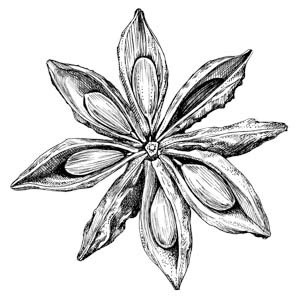Some weeks ago I finished a tutorial on how to make gum paste roses for cake decorating, and then I followed that up with a brief note on making gum paste leaves as well.
Since that ended up being about a 6-week process in total, I decided I should take a break from gum paste before going back to it again; I don’t want you guys to get sick of one subject! However, since I said I would, I figured I should hop back on here and show you how I like to tint edible leaves for cakes as well.

Choosing Your Colours
To start off, I like to use two colours for my leaves, just to create some colour depth and texture. I typically like to go with one dark and one light green, usually from the same colour palette – but today I am going to use two very different greens. Mostly because my stock is a little low and I wanted to use what I had, but also to show you how that can actually look amazing!
For my base, I’m using Zesty Lime petal dust (a matte colour), and for the edging I’m using Holly Green lustre dust (a shiny colour).

If you’re curious what I would more normally gravitate toward (if I had my full palette of colours to choose from), I would probably go for a base of something like Citrine Green or even Grass Green, and then I would finish generously with Rose Leaf Green (or something similar).
What You’ll Need
In order to do this right, you’ll need a new/clean paint brush (don’t use one that’s been used for non-edible substances in the past), the petal dust colours of your choice, and a nice big plate to work on.
Tinting the Leaves
Gently brush the base (lighter) colour onto the leaves, starting with the back of the leaf and then moving to the front, until the colour is rich and full. From there, brush the centre vein of the leaf and the edges with your darker colour, and then blend the two together until they mesh smoothly. I usually only apply the dark colour to the front of the leaves, or minimally to the backs as well.
You can use the dust that falls onto the plate from both colours to blend the two colours together.





Pretty cool, eh? Obviously, depending on the type of leaf you’re painting, you’ll want to go for a green that’s more like the colour of that plant in real life; but I think you’ll find it’s pretty easy to find variety out there in the world of petal dusts!
Thanks for stopping in!
–Naomi


Im looking for tutorial.of.dusting which one is better the luster dust or the tint powder
Hi Josephine!
If you’re looking for realistic looking flowers, petal dust is the way to go! If you want intense shimmer, use lustre dust— or somewhere in between, use petal dust first and then lustre on top.
Petal and lustre dust work the same, they just have different colour quality.
Thanks for your comment!
Naomi